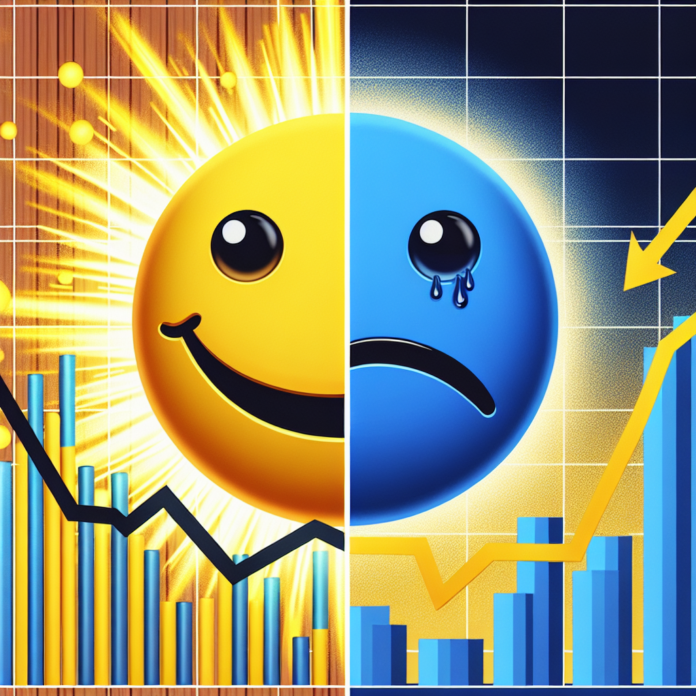When it comes to predicting the future direction of the stock market, investors are often on the lookout for a reliable crystal ball. One such predictive tool that has gained widespread attention is the Consumer Sentiment Index (CSI). By gauging the mood and spending inclinations of the everyday consumer, these indexes offer valuable insights into the potential performance of equities. Let’s delve into the predictive power of consumer sentiment indexes and how investors might harness this information in the complex dance of market forecasting.
Deciphering the Signals of Consumer Sentiment Indexes
Consumer sentiment indexes measure how optimistic or pessimistic consumers feel about their financial prospects and the overall state of the economy. As consumer spending accounts for a significant portion of economic activity, these sentiments can be leading indicators for equity market trends. A rising sentiment could signal increased spending, higher corporate earnings, and consequently, an upcoming uplift in the equities market.
Renowned indexes such as the University of Michigan’s Consumer Sentiment Index and The Conference Board’s Consumer Confidence Index offer monthly reports reflecting the mood of the U.S. consumer, providing crucial data for investors and analysts.
Are Skyrocketing Sentiments a Green Light for Equities?
Historical analysis often reveals that surging consumer confidence correlates with subsequent rises in the stock market. The rationale is intuitive: when people feel confident, they tend to spend more and invest in capital markets, which in due course can inflate stock prices.
Tracking this correlation over time, investment research firms have conducted extensive studies linking CSI data with market trends. Their analyses can help determine whether the relationship between consumer sentiment and stock performance holds true across different economic cycles.
Consumer Pessimism: A Prelude to Downturns?
Conversely, when consumer sentiment dips, caution may be warranted for equity investors. Lower confidence can indicate a cutback in spending and investment, potentially leading to decreased corporate profits and bearish equity markets. Monitoring downtrends in sentiment indexes is a practice employed by financial analysts to predict and prepare for possible market retreats.
Academic institutions often provide further insights into the relationship between consumer sentiment and market performance. Research papers and economic discussions on this topic can be found in prominent economic journals and databases.
Sentiment Indexes Beyond Borders
It’s not only domestic sentiment that matters—global sentiment indexes also play a pivotal role in multinational corporation performance and hence impact global equity markets. Subscribing to international economic insights from services like the OECD Consumer Confidence Index can help investors identify trends and shifts in global consumer behavior.
Using Consumer Sentiment Data Wisely
While consumer sentiment indexes are compelling tools, they should be used in conjunction with other indicators for a holistic view of market conditions. Financial advisory services can offer balanced perspectives in interpreting these indexes alongside other economic, political, and industry-specific indicators.
In summary, consumer sentiment indexes serve as a gauge for market temperature, providing investors with valuable clues about future equity market movements. Whether signaling an economic boom or warning of a potential downturn, these indexes are an important part of the investor’s toolkit for making informed decisions in the ever-dynamic landscape of the stock market.
Please note that this article does not constitute financial advice. Investors should conduct their own research or consult with a financial advisor before making investment decisions.




 AGF-B.CO
AGF-B.CO